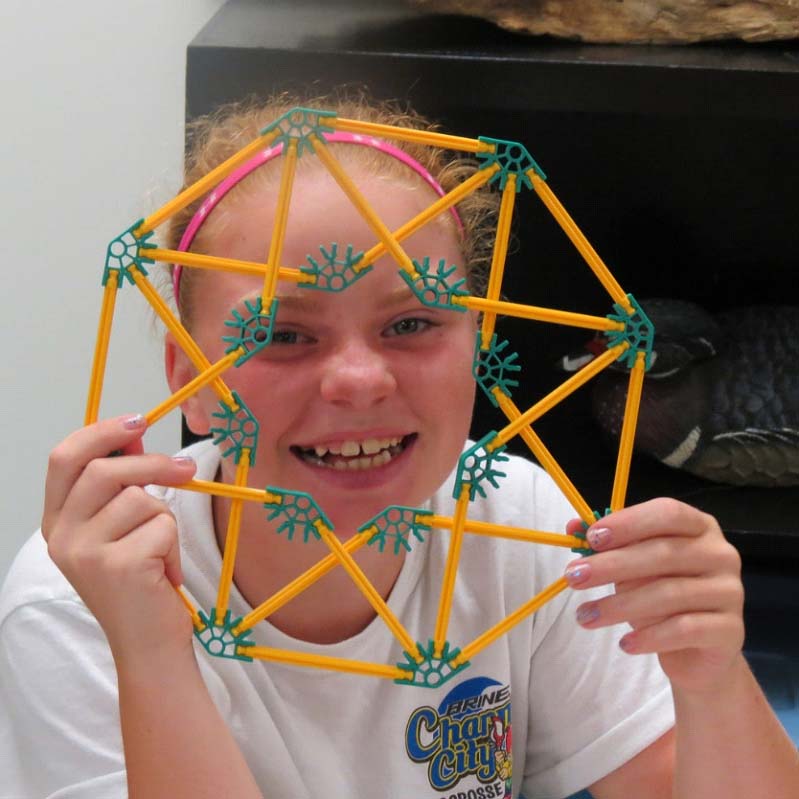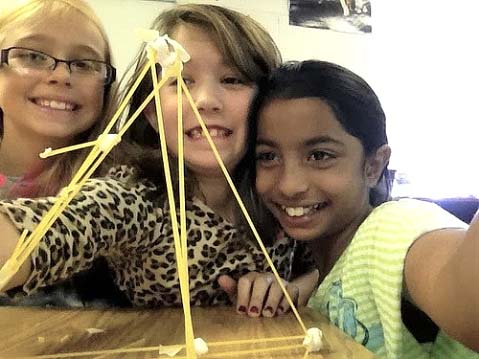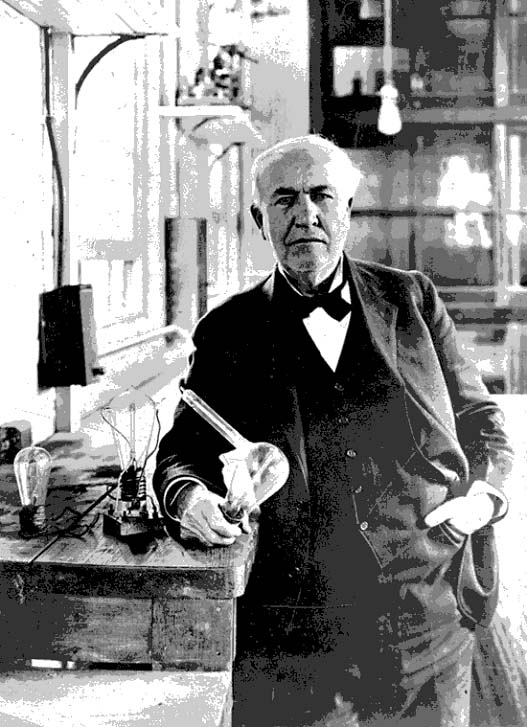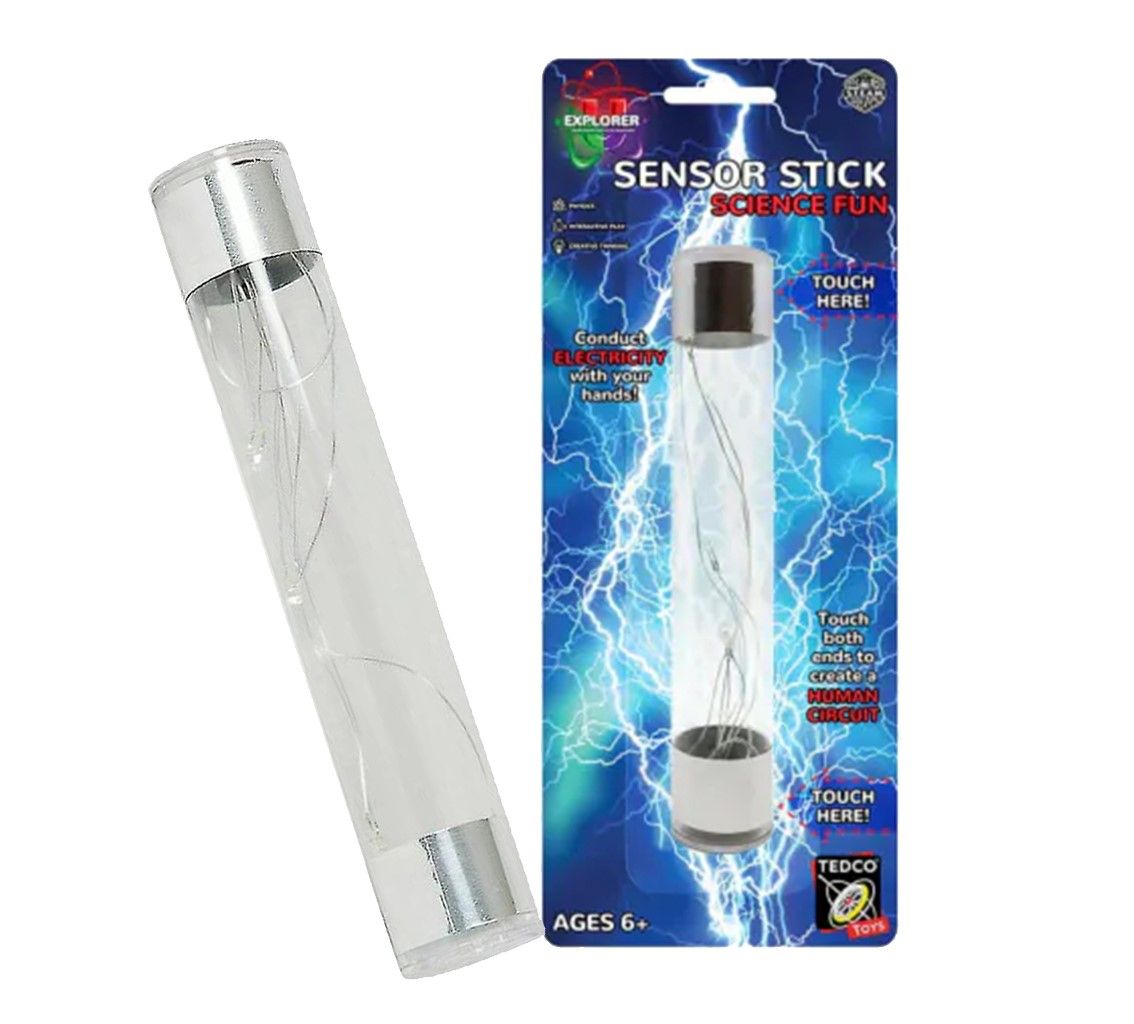|
Hello and welcome to the ‘STEM’ issue! This week we have some expert articles that describe what constitutes a successful STEM program and how you can access proven programmes and resources. We have fun STEM challenges, STEM controversies and a competition winner. And of course, we have loads of STEM products and incursions to spark curiosity and inspire learning! Enjoy! |
||
|
What is 'STEM'? |
||
|
‘STEM’ is an acronym of the words Science, Technology, Engineering and Mathematics. It also represents an approach to teaching these disciplines in an integrated way and not just as stand-alone subjects. STEM learning often takes place in the context of a problem-solving task or challenge where students are required to generate ideas, then design and build a solution that can be tested, evaluated and then refined if necessary. The focus on STEM reflects the identified need for STEM skills in the workforce of the future. Enjoyable STEM experiences in the primary and early secondary years help students to confidently choose to study STEM subjects at higher levels. This article by Dr Linda Pfeiffer explains what STEM is, and how teachers are being supported to bring STEM learning to life in the classroom ‘In my life I have lived by four mantras: Do what is hard, place high expectations on yourself, take risks, and do something that matters.’ – Professor Michelle Simmons, Physicist and 2018 Australian of the Year. |
||
|
Classic STEM Challenges for all Ages
|
We Have a Competition Winner! Congratulations to eleven year old Lily Richards of North Bondi, you are the winner of our ‘Mums and Science’ competition! Lily told us about a skin condition that her mum has, called eczema. We hope your mum can get some relief soon, Lily. You have won a beautiful prize pack that includes a Sunprint Kit, a Sand Art frame, and a Caffeine Molecule Mug! |
|
|
|
||
|
‘Many of life’s failures are experienced by people who did not realise how close they were to success when they gave up.’ – Thomas Edison |
||
|
Developing STEM skills in young children
|
||
Menu
Search
Cart
Search








 magento3
magento3